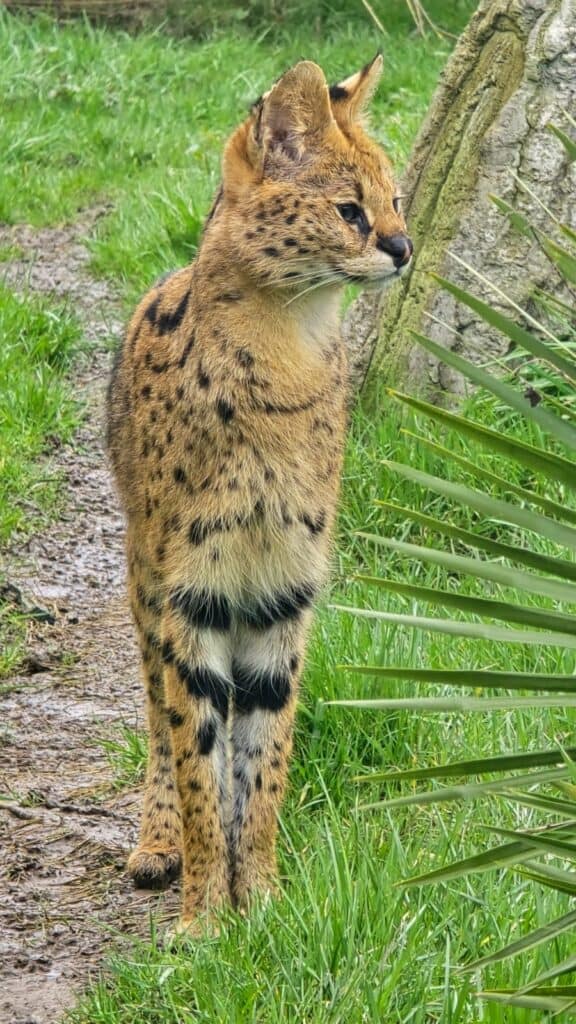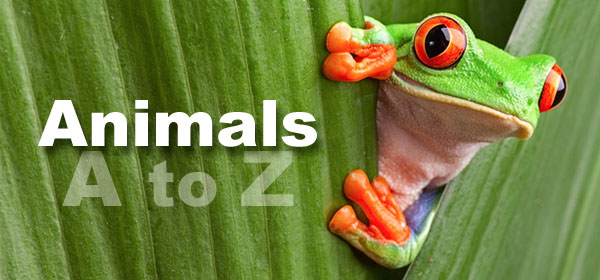Among the vast diversity of wildlife found in Africa, the serval (Leptailurus serval) stands out as one of the most intriguing and graceful felines. Known for its distinct appearance and exceptional hunting abilities, the serval is an elegant creature that thrives across sub-Saharan Africa. In this blog post, we’ll explore the unique characteristics of the serval, its habitat, and its role in the ecosystem.
What is a Serval?
The serval is a medium-sized wild cat that is part of the Felidae family. It’s most easily recognized by its large ears, slender body, and long legs. These characteristics are adapted to its environment, enabling the serval to thrive in the African savannahs, grasslands, and wetlands.
Adult servals are typically between 24 to 36 inches (60 to 90 cm) long, with a tail that adds an additional 10 to 16 inches (25 to 40 cm). Their height at the shoulder is about 18 to 24 inches (45 to 60 cm). They have a slender build, with a weight ranging from 20 to 40 pounds (9 to 18 kg), making them slightly larger than domestic cats but much more agile.
Physical Features
One of the serval’s most striking features is its oversized ears. These ears can be up to 6 inches tall, and they provide the serval with an exceptional sense of hearing. This acute hearing is essential for locating prey, even in tall grasses where vision may be limited. Additionally, their large ears help regulate their body temperature in the hot African climate.
Their coat is another distinguishing feature. It is typically golden or yellow with black spots and stripes, which act as camouflage in the wild. This coat pattern helps the serval blend into the tall grasses of its environment, aiding in stealth when hunting. Their long legs are another advantage, helping them cover large distances quickly and leap high to catch prey.
Habitat and Range
Servals are found throughout sub-Saharan Africa, although they are more common in certain areas like East and Southern Africa. They prefer habitats with tall grasses, reeds, and wetlands, as these areas provide both cover and a rich supply of prey. Unlike other large cats that may avoid water, servals are known to be proficient swimmers and are often found near water sources like rivers and lakes.
They are solitary animals and mark their territory with scent glands. They tend to live alone, only coming together during mating season or when a mother is raising her kittens.
Hunting and Diet
Servals are known for their incredible hunting prowess. They are primarily carnivores, preying on a variety of small to medium-sized animals. Their diet includes rodents, birds, frogs, and even insects. What sets them apart from other cats is their ability to catch birds mid-flight. Servals are known for their impressive jumping abilities and will often leap high into the air to swat at birds or other prey.
Their agility and precision are remarkable. They can leap up to 12 feet (3.6 meters) into the air and pounce on prey with incredible accuracy. This hunting style is particularly effective in their grassy, open environments, where they can surprise their prey with quick movements.
Conservation Status
Although servals are not considered endangered, their population is threatened by habitat loss, human-wildlife conflict, and hunting for their fur. In some regions, servals are also captured for the illegal pet trade. However, they are relatively adaptable and can survive in a variety of habitats, which has helped them maintain a stable population across much of their range.
Conclusion
The serval is a captivating species that perfectly exemplifies the beauty and complexity of the natural world. With its striking appearance, remarkable agility, and incredible hunting abilities, the serval holds a unique place in the African wilderness. As we continue to learn about and protect these amazing creatures, it is crucial to support efforts aimed at conserving their habitats and ensuring they remain a thriving part of Africa’s diverse ecosystem.


By Clayton, Deputy Head of Carnivores


